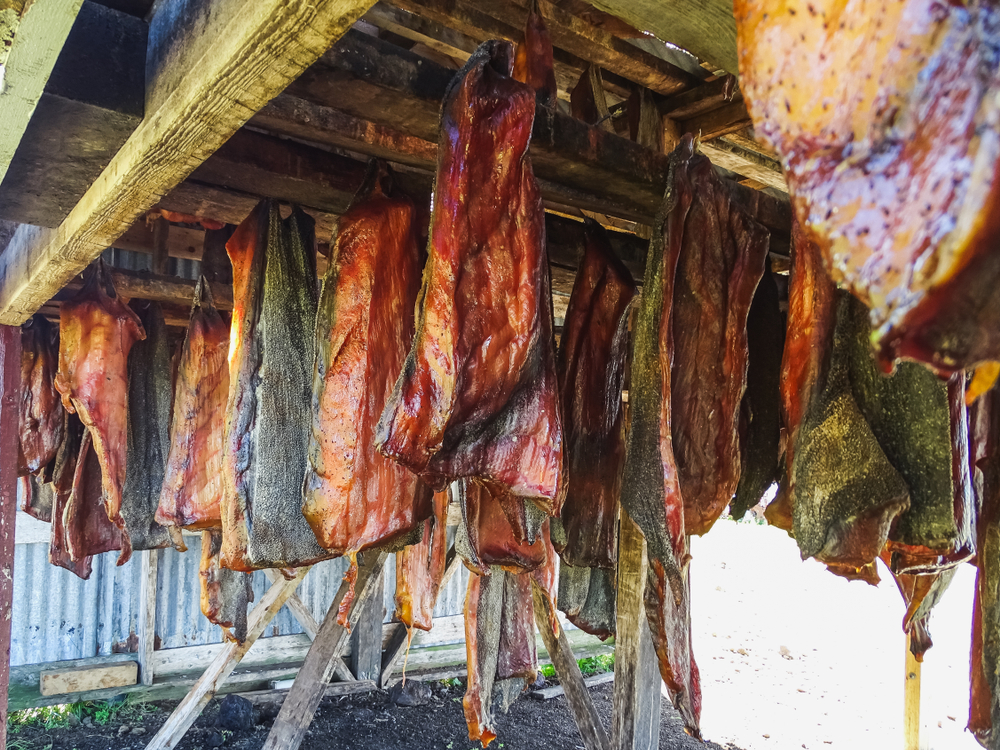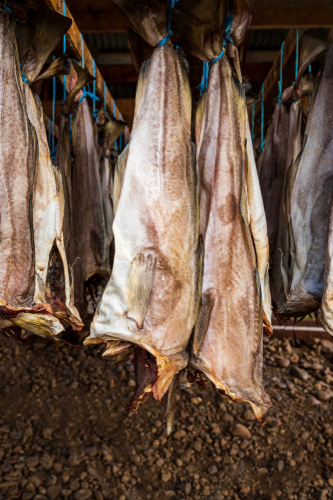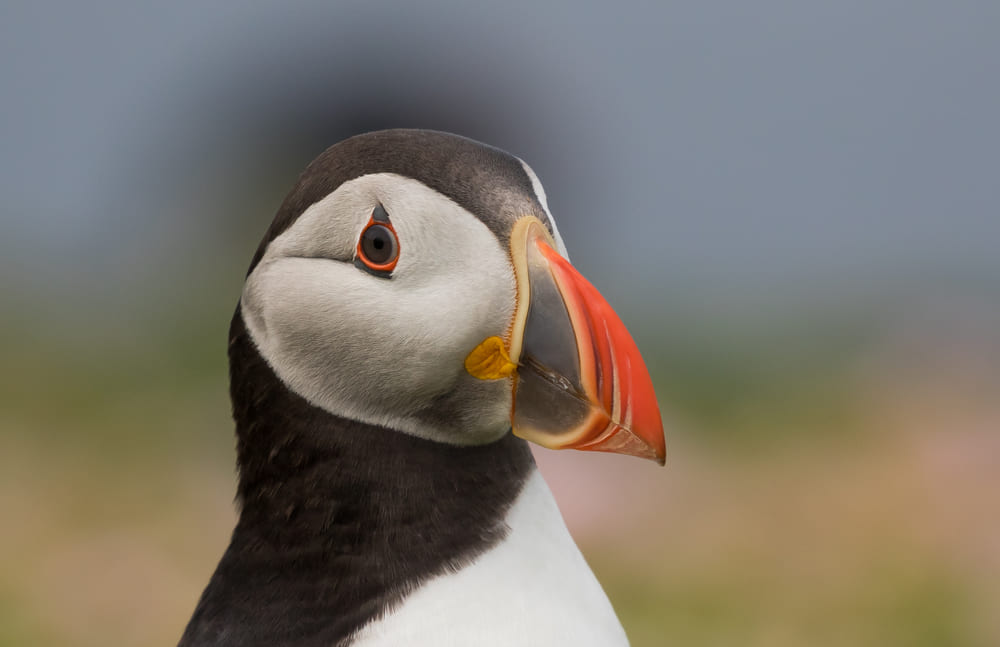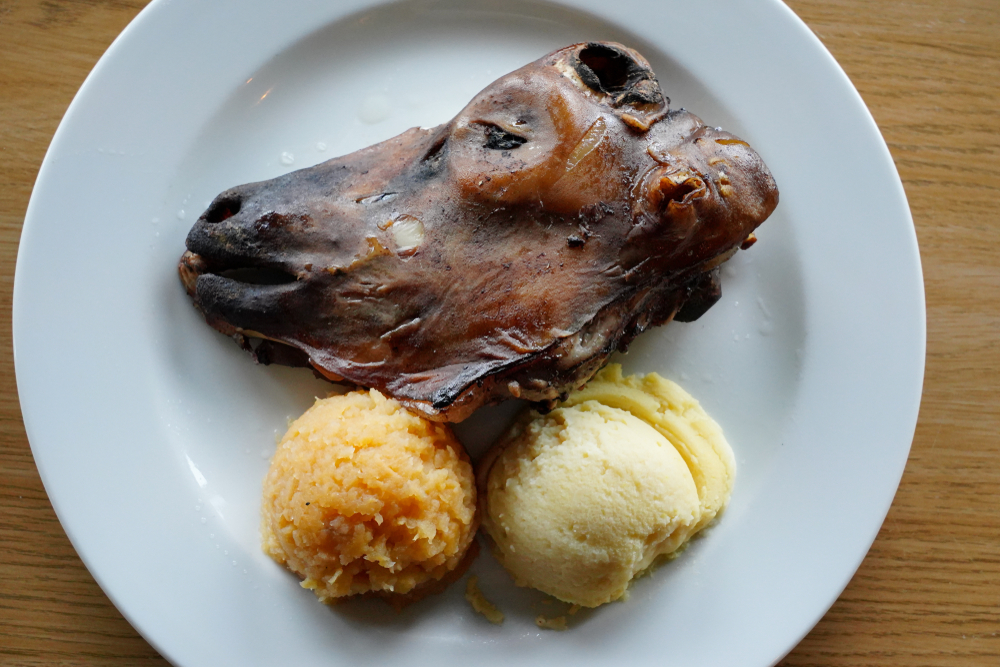Today we visit Iceland.
After wandering through the harsh, frosty landscapes of ice, stones, foggy cliffs, and misty emerald mountains, we finally sit down at the table to pump our stomachs. We take a short glance at the menu in a local pub, expecting a good-old rustic meal, perhaps, different from European cuisine, yet then…
We find ourselves in need of some courage, as the names on the menu do not say anything to us, and the ingredients seem to be rather odd.
It is neither diverse nor rich. It is not the most favourable climate to cultivate crops and not the most fertile land either. Therefore, fish and meat are what help the economy going.
Yet, Icelanders have been surviving here and adapting to this reality. Improvise, adapt, overcome – that’s the motto. The cuisine has this sort of rule – once the meat is not mooing or maaing any more, every piece of its carcass goes into a boiling pot. Nothing goes to waste.
It is not that they have such a thing as food waste at all.
Now, let’s take a closer look.
Table of Contents
Hákarl
As we are starting from rotten shark meat, you better hold your nose. For it contains urea while fresh, Icelanders came up with an idea – let’s leave the beast meat be for a little while, hanging out outside on air for 3-4 months. Or let’s even give it a good air-out for about six months. Uhm… Yum?!

Locals do love this dish, which may not be necessarily said for the ones they serve to tourists as a challenge. Yet, they too need something like Brennivín (distilled potato schnapps with caraway) to wash it down. Not sure if this even helps.
Harðfiskur
Now, that’s something that actually makes your stomach growl if you eat fish. Icelanders know the tricks! Here’s how it’s done:
Obtain two fish pieces and then wash them in very salty water. The inventors initially rinsed the fish by diving it into the ocean.
They neither clean it nor skin it – cook it as is.

Then, the fish is hung outside on a wooden plank in the open air. Traditionally, It is placed near the sea coast, by the beach. When doing it that classic, hard-core way, be sure to scare away animals and birds. They would not mind having a shared snack.
Better done at the beginning of spring or autumn for it not to be rotten but be specifically dry-out.
After two months, the skin exfoliates, and the meat is slightly yellow. That’s exactly how it should look, but then comes an interesting part. One must beat up meat till almost white and soft. The dish is served with large chunks of butter to soften the salt.
Lundi

Now, be prepared for the worse – as the Atlantic puffin is a common bird to cook.
Yes, those are cute little soul-looking eyes creatures. The isle has lots of them, just like Europe has pigeons or sparrows.
Their lovely little faces and adorable yellow feet are not saving them from being on the plates.
There are two ways of cooking their hearts: baking, stewing, and even raw. Their meat is also usually grilled or smoked and served with berry sauce.
Svið

A sheep’s head. That’s right, simply that – a sheep’s head with its brains removed and that’s it – even teeth stay in place.
Eat it whole, including its eyes. And other parts – cheeks and tongue, considered to be yummiest.
That is not even an end of the list. It’s just the author of the article who wants to have a lunch break today.
Something ordinary, perhaps.
But for now, if you’re brave enough and already booking tickets…
– Welcome to Iceland, a place where the traditional cuisine shall turn you into a Viking.


